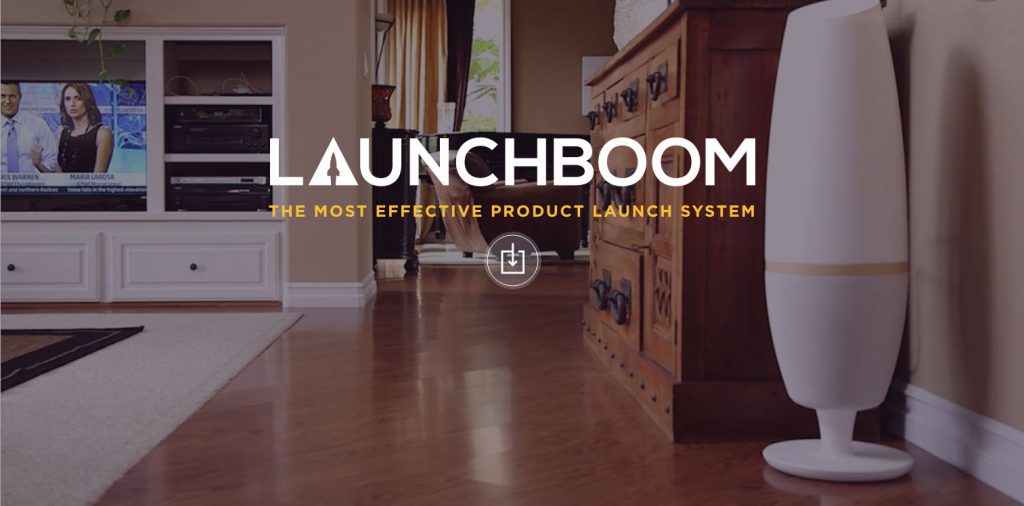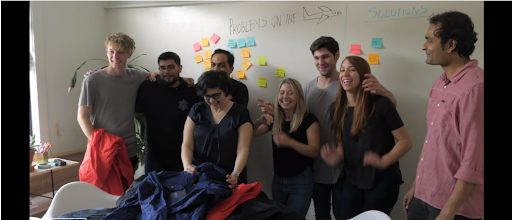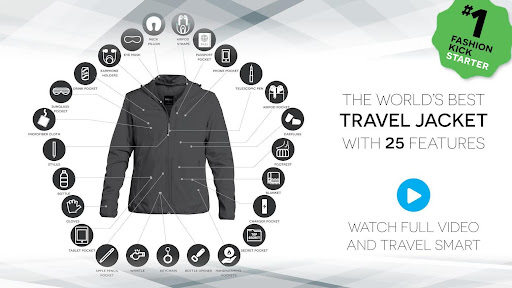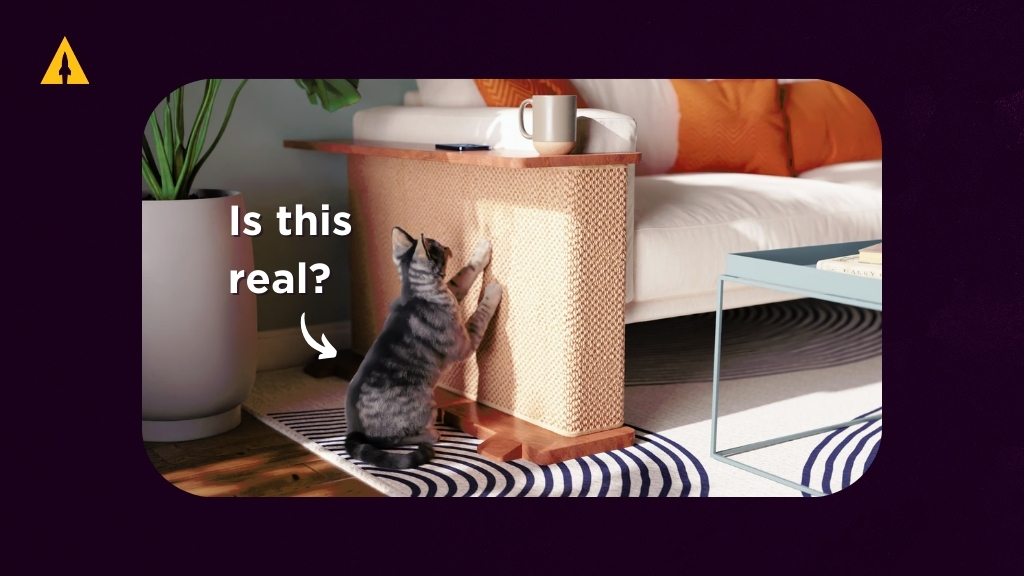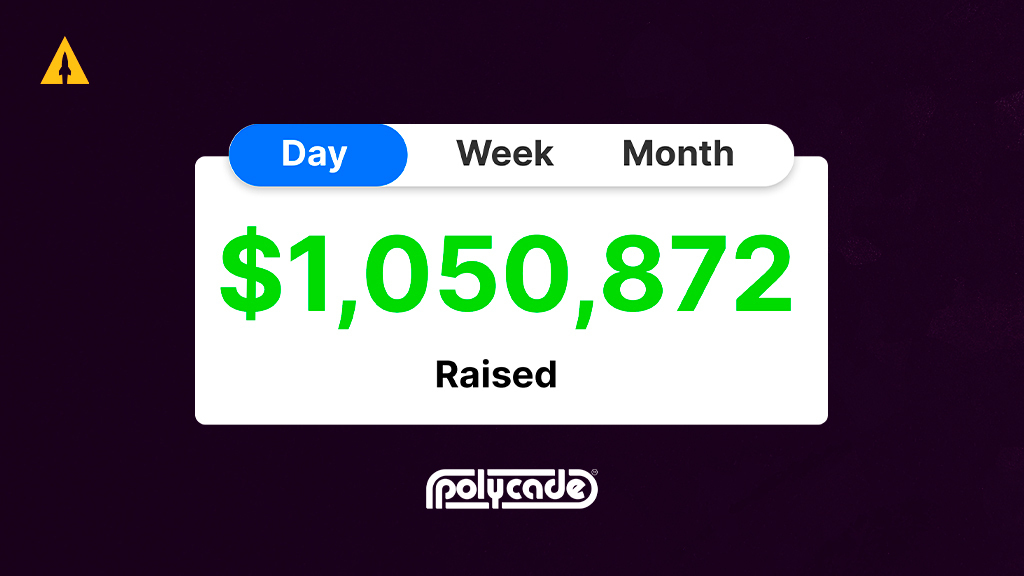
While Kickstarter is one of the most successful crowdfunding platforms out there, helping projects raise millions every day, it’s worth considering the campaigns that fail to reach their funding goals and how you might avoid that fate with your own campaign. 0
An astounding 345,559 Kickstarter projects fell short of their funding goals by February 2023, with 56,141 failing to secure even a single pledge.

Alt: Distribution of funded projects on Kickstarter
With such a high number of unsuccessful campaigns, it’s clear that standing out from the crowd is not an easy task.
Unfortunately, many of these projects may have stumbled due to subpar proposals.
So, why should you invest your time in this guide? It’s simple — learning from the best and understanding the intricacies of a winning proposal can mean the difference between your campaign’s success or failure.
Contents
Key Takeaways
- Setting realistic expectations for your Kickstarter campaign is crucial for success.
- Identify your target audience and tailor your proposal to their interests and needs.
- Use your story to create a compelling Kickstarter proposal that resonates with potential backers.
- A video proposal is essential for a successful Kickstarter campaign and should showcase your product’s features, quality, and benefits.
- Overcome objections by highlighting your product’s value and proving its effectiveness.
- Consider adding captions and subtitles to your video proposal, and use attention-grabbing thumbnails to attract viewers.
Pre-Proposal Kickstarter Checklist
A well-prepared foundation sets the stage for a memorable performance.
Imagine standing on the edge of a cliff, your Kickstarter project in hand, ready to take flight.
But before you make that leap of faith, have you confirmed that you have packed your parachute with everything you need for a safe and successful landing?
Here’s where you don’t cut corners.
What Are Your Personal Goals?
Understanding and articulating your personal goals is like finding the beating heart of your Kickstarter project. These goals serve as the driving force behind your campaign, ultimately shaping your proposal and its appeal to potential backers.
Ask yourself these questions:
- What unmet need does this project fill?
- How will your project impact the lives of your backers?
- What long-term vision do you have for your project and its growth?
Reaching your funding goal is undoubtedly a significant milestone for any Kickstarter campaign. However, there’s more to a successful project than just hitting your financial target.
What Is Your Expectation of Success?
Expectations — sometimes, you never know what you’re going to get!
It’s essential to strike a balance between optimism and pragmatism when it comes to your expectations. Setting unrealistic expectations will lead to disappointments and frustrations, and being too cautious will also stifle creativity and limit your potential success.
“Most successfully funded projects raise less than $10,000.”
—Kickstarter
The fact that most successfully funded Kickstarter projects raise less than $10,000 suggests that setting a realistic funding goal is crucial to achieving success on the platform.
Consider these factors when setting expectations for success on Kickstarter:
- Assess the current demand for your product or service within your target audience.
- Be aware of the competitive landscape within your niche and identify your project’s unique selling points.
- Establish a realistic timeline for your project’s development, taking into account potential setbacks and delays.
- Assess your commitment to the project and your ability to devote the time, energy, and resources to make it a success.
- Consider the post-campaign success of your project and set expectations for growth and expansion after the campaign.
- Remember that success on Kickstarter is not solely defined by the amount of funding raised but also by the community you build and your project’s impact on that community.
Who Is Your Target Audience?
Your target audience refers to the people most likely to be interested in your project and who you want to reach with your proposal.
To identify your target audience, consider the following questions:
- Who would benefit the most from your product or service?
- What are the demographics of your ideal customer (age, gender, location, etc.)?
- What are their interests and behaviors?
- What problems does your product or service solve for them?
For example, if you have a campaign for a new vegan protein powder, target health enthusiasts interested in plant-based nutrition and fitness.
The campaign might focus on the powder’s unique blend of ingredients, its convenience for on-the-go lifestyles, and environmental sustainability.
Expert Tip
Thrinacia.com advises:
“The best way to find your target audience is to research those who have been successful in the past. Not every target audience is the same, so you need to find successful campaigns that are similar to yours and research their marketing methods.”
Using Your Story to Create a Kickstarter Proposal

People LOVE stories.
Good Night Stories for Rebel Girls – 100 tales to dream BIG Kickstarter campaign video starts this way:
“Once upon a time, there was a girl who dreamed to … WALK ON MARS…”
What do you think about that opening?
This opening immediately captures the attention of potential backers and conveys the campaign’s mission to inspire young girls to dream big and pursue their passions.
The creators, Elena Favilli and Francesca Cavallo used their personal experiences, passion for empowerment, and commitment to breaking gender stereotypes to craft a captivating narrative that resonated with their audience. The campaign raised over $675,000, far surpassing its initial goal of $40,000.
To weave an enchanting tale around your project, consider addressing these key elements:
Who are you?
Introduce yourself and your team, and share your background, experience, and expertise. Make it personal and authentic, but always connect it back to the audience. Allow your audience to connect and relate with you. This establishes trust and credibility, which is crucial to winning over potential backers.
What are you planning to make?
Clearly articulate your product or service, highlighting its unique features, benefits, and value proposition. Paint a vivid picture of how your project will come to life and make a difference in the lives of your backers.What problem does your product solve? How does it solve it?What actions did you take and trials did you face to turn this product into a reality?
What’s your plan?
What steps will you take to turn your idea into reality, from development and production to distribution and beyond? Provide a roadmap and demonstrate your project’s feasibility and ability to execute it successfully.
What’s your schedule?
Provide a realistic timeline for your project, detailing key milestones and delivery dates. This helps to manage expectations and shows potential backers that you’re organized and accountable.
What’s your budget?
Break down your funding goal, and explain how you’ll allocate the funds to various aspects of your project. Transparency and financial responsibility are vital in building trust with your backers.
How to Write a Good Kickstarter Video Proposal
In a crowdfunding campaign, you have just a few precious moments to capture attention and make a lasting impression. In fact, research indicates that our attention span has dropped significantly from 12 seconds in 2000 to a mere 8.25 seconds.
So, how do you rise above the noise and craft a video that captivates, entertains, and ultimately persuades your audience?
Tips to Create the Perfect Set-Up
- Start Strong With a Good Hook
You have only 8.25 seconds. Your video needs to make an immediate impact.
That’s why you need a powerful hook that captures your viewer’s interest right from the start.
A good hook takes many forms: a bold statement, a captivating visual, a fascinating anecdote, or even a thought-provoking question. The key is to make it relevant to your project and set the stage for what’s to come.
Let’s look at how the Exploding Kittens campaign used this strategy. See the screenshots below of how the video starts:
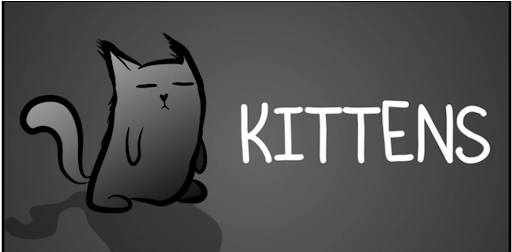

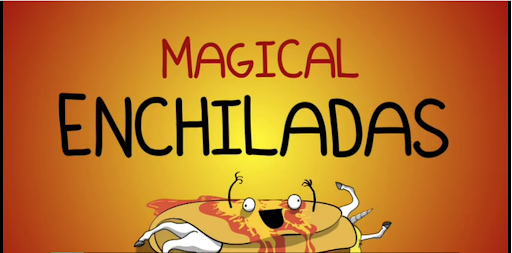
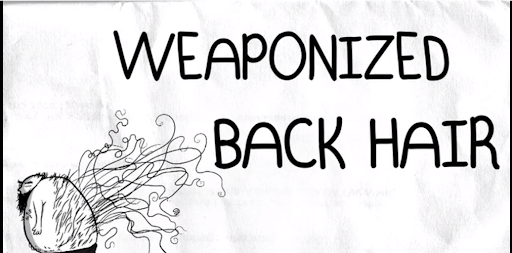
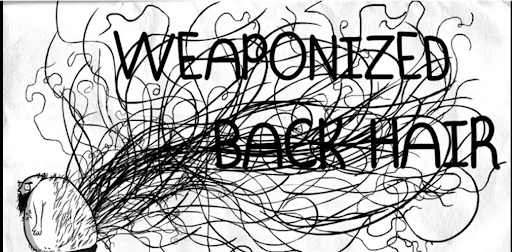
… AND THE VIDEO CONTINUES.
How curious are you right now to know how the video continues?
Combined with the quirky tagline, the introduction creates a sense of curiosity and amusement, making it nearly impossible for viewers not to want to learn more. How could anyone resist finding out more about a game that combines kittens, explosions, laser beams, and even goats?
- Locate the Problem Your Key Audience Has
What problem is your target audience facing? Pinpoint this issue and demonstrate how your project offers a solution.
To know what to address, conduct thorough research on your target audience. Understand their demographics, preferences, and pain points. Ask yourself:
- What challenges do they face?
- What aspects of their lives could be improved by your project?
Once you’ve identified the key problem, present it early in your video, ideally after your initial hook. Clearly articulate the issue and demonstrate empathy for your audience. Show that you genuinely understand their struggles.
The Coolest Cooler, which raised over $13 million from over 62,000 backers, was designed to revolutionize the outdoor cooler experience.
In their video, the creators started by highlighting the common issues faced by people using traditional coolers, such as difficulties in transporting the cooler, breaking easily, lack of convenient storage options for accessories, and the need for multiple items to enjoy a day outdoors like having a blender built into the cooler
“That’s the sound of a cooler coming down off the shelf … So why haven’t cooler designs changed in almost 50 years? Boring coolers are boring, break easily, and are a pain to get to and from your destination. I wanted a cooler that was really well built, yet had so much fun built into it that I would look for excuses to get outside and enjoy it, so I created the coolest …”
- Let That Problem Sink In
After highlighting the problem your target audience faces, it’s time to give it some weight and let it truly resonate with them.
Make the problem feel real and urgent to create a stronger emotional connection and encourage viewers to actively seek a solution.
Use these approaches:
- Show, don’t tell – Utilize compelling visuals and real-life scenarios to illustrate the problem. Make it more relatable and tangible for your audience.
- Share genuine experiences – Narrate personal stories or those of others (remember about storytelling) who have faced the problem, allowing your audience to relate and connect with the issue on a deeper level.
- Emphasize the consequences – Highlight the negative impact of the problem on your target audience’s daily lives, such as financial strain, wasted time, or emotional stress, to create a sense of urgency.

Alt: A visual of a man feeling cold during a flight
The above screenshot is from the BauBax travel jacket Kickstarter campaign. The campaign effectively showcased the problem of traveling with multiple gadgets and accessories, often leading to disorganization and discomfort. The creators used relatable stories and visuals to let the problem sink in (like cold flights), emphasizing the inconvenience.
In the video, they present a scenario where a traveler struggles with:
- Tangled earphones
- Misplaced passports
- Lack of a neck pillow
- Feeling cold
By portraying these familiar situations, they allowed the problem to resonate with potential backers, who could easily relate to the traveler’s frustration.
-
Explain the Impact It Has on Their Daily Lives
Illustrate the impact a problem has on your target audience’s daily lives. This makes your campaign relatable and appealing.
Demonstrate the real-life consequences and challenges they face to create a sense of urgency and emphasize the importance of your proposed solution.
Here are some strategies to help you effectively explain the problem’s impact:
- Use relatable examples – Present familiar scenarios where your target audience encounters the problem. Make it easy for them to recognize and relate to the issue.
- Discuss the consequences – Describe the negative outcomes resulting from the problem.
- Share personal stories or testimonials – Include first-hand accounts from people who have experienced the problem, adding credibility to your claims and making the issue more tangible for your audience.
An excellent example is the successful Kickstarter campaign for the Peak Design Travel Tripod.
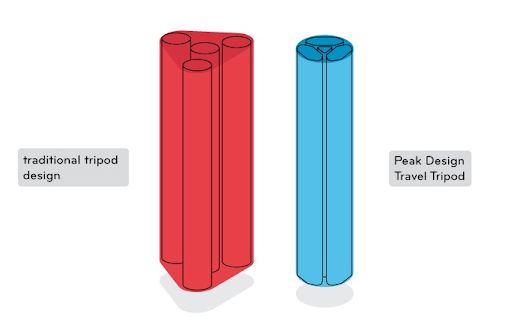
“So why redesign the tripod? Because traditional travel tripods have a critical flaw: tons of wasted space. The result is a tool that is inherently difficult to carry with you into the field. We fixed that, and more.”
The campaign effectively highlighted the problems associated with using traditional tripods, such as the inconvenience of carrying them around, the time-consuming setup process, and the struggle to achieve optimal stability and versatility.
The creators made the problem more tangible for the audience by using relatable examples and personal stories.
The Solution
What Solutions Does Your Product Have to Offer?
One of the most exciting things about launching a campaign is the opportunity to share your unique vision and solutions with the world.
Your product is not just an object. It’s a potential game-changer that can improve people’s lives and solve their problems. When crafting your video proposal, think outside the box and find creative ways to showcase your product’s benefits and features.
However, many entrepreneurs try to present their product as a one-size-fits-all solution that can solve every problem. This approach will backfire, as it makes your product seem vague. Instead, focus on the specific pain points that your product addresses and how it provides a unique solution to those problems.
For example, the Gravity Blanket Kickstarter project. The campaign addressed the common problem of sleeplessness and anxiety and how their product provided a solution.

The video proposal showcases the blanket’s unique features, such as its weight distribution system, which provides a sense of calm and relaxation to the user.
What Makes Your Campaign So Special?
Well, how about this: your project is the lovechild of a unicorn and a rocket ship. Okay, okay, maybe that’s a bit too far-fetched.
But the point is you must find a way to make your project stand out and capture people’s attention. Whatever it is, make sure to highlight what sets your project apart from the rest and why it’s worth backing.
Here are some tips on how to highlight what makes your campaign so special:
- Unique value proposition (UVP) – This is the specific benefit or solution your product or service provides that no one else can. Focus on the features, benefits, and overall value of your product.
- Social proof – Use social proof to show that your project is worth supporting. Highlight any press coverage, awards, or endorsements that your project has received and any testimonials from satisfied customers or early backers.
- Rewards – Offer unique and compelling rewards incentivizing people to support your project. Ensure that your rewards align with your UVP and provide tangible value to your backers.
- Transparency – Be transparent about your project’s development process and the challenges that you may face. Show that you have a clear plan and are committed to delivering on your promises.
Overcome Any Objections (Price Is “Too High”)
Some backers may feel that your product is too expensive, while others may not fully understand the value that it provides.
So, how do you overcome this objection and persuade potential backers to support your campaign? Well, it’s all about framing the value proposition of your product compellingly.
Expert Tip: Price is subjective, and different backers will have varying opinions on what is considered reasonable.
To overcome objections, demonstrate the unique value that your product offers. Highlight the benefits and features that differentiate your product from competitors to help justify a higher price point. You can also showcase the high quality of your product and emphasize its durability and longevity to create a sense of investment in the minds of your backers.
HyperDrive USB-C Hub for MacBook Pro raised over $1.7 million on Kickstarter despite the product’s relatively high price point. The creators were able to justify the cost by emphasizing the superior quality and convenience that the product offered compared to other competing products on the market. See the screenshots below from the video comparing the convenience of traditional dangles vs. the HyperDrive DUO.
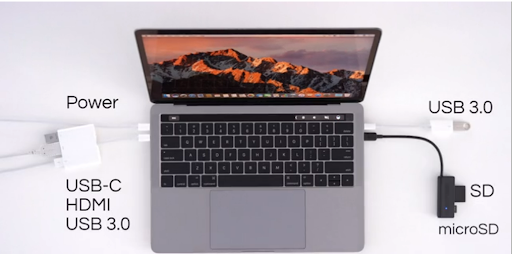
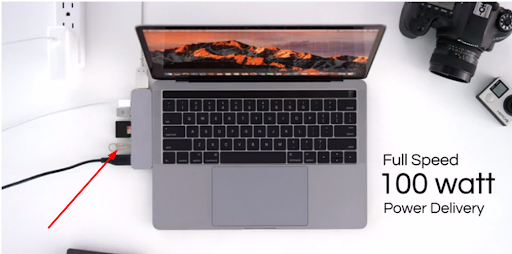
Highlight the Features, Quality, and Benefits
You want to create a buzz around your Kickstarter campaign and get potential backers excited about what you have to offer.
To entice your backer to support your campaign, showcase your product’s features, quality, and benefits in a captivating and engaging way. Here are some tips to help you achieve this:
- Emphasize craftsmanship and quality – Describe the materials, techniques, and processes used to create your product. Highlight the attention to detail and commitment to quality, showing that your product is built to last and delivers exceptional performance.
- Quantify the benefits – Whenever possible, use numbers and statistics to illustrate the advantages your product offers. For example, mention how much time or money users can save or any significant improvements in efficiency or functionality.

- Incorporate social proof – Include testimonials, endorsements, or expert opinions to validate your product’s quality and benefits. This helps build trust and credibility with potential backers.
Let’s break down the BauBax 2.0 Travel Jacket campaign to see different strategies in action.
- The creators used storytelling to demonstrate the journey from setting up a shop, hiring team members, coming up with sketches, studying fabrics, and selling prototypes to finding manufacturers.

- They highlighted the jacket’s 25 unique features, such as a built-in neck pillow, eye mask, gloves, and various pockets for easy access to essentials.

- The campaign emphasized the craftsmanship and quality of the BauBax 2.0 by discussing the premium materials used and the careful design process. They quantified the benefits by showcasing how the jacket’s features could save time and reduce stress during travel.
- The creators also incorporated social proof, featuring positive feedback from satisfied backers of their previous campaigns.
The Resolution
Ask for the Sale
Now it’s time to hit the nail on the head and make the final push to encourage potential backers to invest in your project.
Clearly communicate the action you want your audience to take. Make it easy for them to understand what they need to do to support your campaign, whether pledging a specific amount, sharing your campaign on social media, or both.
Also:
- Offer enticing rewards
- Create a sense of urgency
- Reiterate the benefits
- Show gratitude
Direct Audience to Back Your Campaign
You want to ensure a smooth transition from interest to action.
Offer step-by-step instructions on how they should pledge their support. Walk them through the process, from selecting a reward tier to entering their payment information.
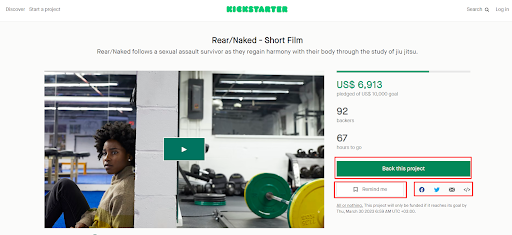
Use some of these strategies:
- Create an infographic guiding people new to Kickstarter how to order your product.
- Send an email to your pre-launch list educating them how to back a campaign on Kickstarter (and order their product)
- Explain to your backer that they will choose colors and choices after the campaign is over
- – Explain to your backer when they should expect their product (estimated time)
Make It as Easy as Possible to Send Them Down the Funnel
Create a seamless user experience with minimal friction to guide your audience through the conversion funnel.
Here are some tips to help you achieve this:
- Optimize your campaign page – Ensure your campaign page is easy to navigate and communicates your message concisely.
- Simplify the pledge process – Reduce number of rewards to decrease analysis paralysis. Make it easy for backers to know what to get and back it.
- Create a mobile-friendly experience – With more people accessing Kickstarter from their smartphones and tablets, ensure your campaign page is optimized for mobile devices. Ensure your page loads quickly, is easily read, and functions smoothly on all screen sizes.
- Engage with your backers- Send regular updates to your backers.
- Answer questions and reply to comments from backers and potential backers. Engage with the community you’re building.
Other Tips for Video Proposals
Video Thumbnails That Pull Viewers In
“The thing about great thumbnails is that they make the viewer want to click.”
—Copyhackers
The thumbnail is just as important as the video itself. A great thumbnail can be the difference between someone clicking on your video and scrolling past it.
Use an attention-grabbing image or graphic. This could be a striking visual that clearly showcases your product and shows off it’s primary value/appeal to your target audience.
Consider Adding Captions and Subtitles
Your audience may be watching your video in a variety of different settings. Some viewers may be watching in a noisy coffee shop, while others may be scrolling through their social media feeds on a quiet evening at home.
Adding captions and subtitles to your video ensures your message is received loud and clear, regardless of the viewing environment.
Subtitles also make your content more accessible to viewers with hearing impairments or language barriers, which can expand your audience and increase engagement.
How LaunchBoom Can Turbo Fuel Your Kickstarter Proposal
Are you ready to leave the competition in the dust? As the famous quote goes, “surround yourself with people who are smarter than you.” This philosophy applies to all aspects of life, including creating a successful Kickstarter campaign.
By teaming up with our experts at LaunchBoom, we will help you:
- Cultivate success by building a highly qualified email list using LaunchBoom’s Reservation Funnel, ensuring you connect with the perfect backers for your project.
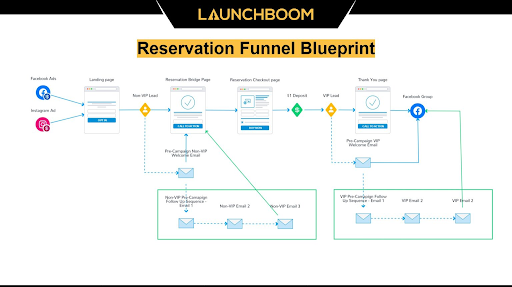
- Start with a bang and get funded on the very first day of your Kickstarter campaign, creating an unstoppable wave of support and enthusiasm.
- Unleash the hidden power of free traffic from Kickstarter, capturing the attention of potential backers and skyrocketing your campaign’s reach.
